
If you’ve ever stared at a blank page wondering why your sci-fi romance feels more like a psychological thriller, or why your horror script keeps veering into satire, you’re not alone.
Genre is a screenwriter’s compass, but sub-genre? That’s your GPS. It’s the tool that helps you navigate tone, theme, and audience expectation.
In today’s blog, we’ll dive into the deep wide world of sub-genres. We’ll explore what they are, why they matter, and how they can sharpen your storytelling instincts. It doesn’t matter if you’re writing a short film or polishing a feature, it’s crucial you understand sub-genres; it can be the difference between a script that feels off and one that hits every beat.
So, let’s get started…
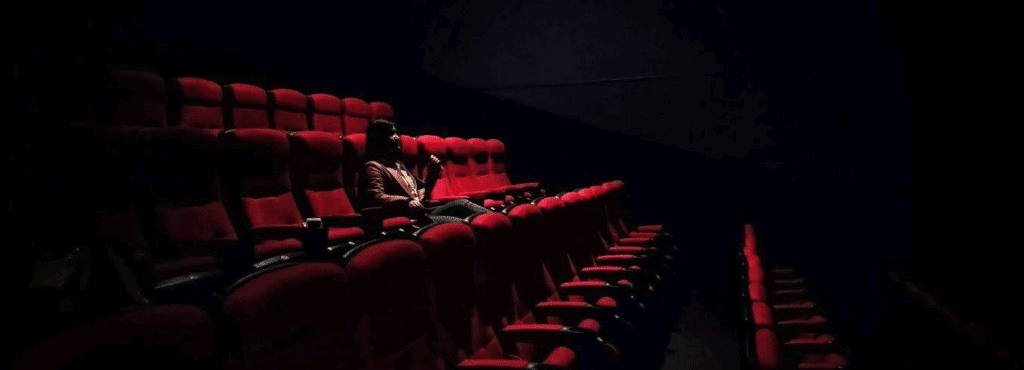
Table of Contents
- Defining Sub-Genre: The Niche Within the Niche
- Genre vs. Sub-Genre
- Why Sub-Genres Matter for Screenwriters
- Common Sub-Genre Examples
- Sub-Genres and Tone
- The Role of Sub-Genres in Marketing
- FAQs
- Conclusion
Defining Sub-Genre: The Niche Within the Niche
Let’s start with the basics. A genre is the broad category that defines the general style or subject matter of a story. Think comedy, drama, horror, sci-fi, fantasy, romance, and so on.
A sub-genre, on the other hand, is a more specific classification within that genre. It’s the flavor, the twist, the nuance. If genre is the ice cream, sub-genre is the scoop of salted caramel ripple with dark chocolate chunks.
Take fantasy, for example. That’s your genre. But it is high fantasy with epic world-building and ancient prophecies? Or urban fantasy, where magical elements exist in a modern city? These distinctions matter, not just for your story, but for your audience.
Genre vs. Sub-Genre
Let’s compare genre and sub-genre and clear up the differences:
| Genre | Sub-Genre |
| Horror | Slasher, Psychological Horror, Found Footage |
| Sci-Fi | Cyberpunk, Space Opera, Time Travel |
| Fantasy | High Fantasy, Dark Fantasy, Urban Fantasy |
| Romance | Historical Romance, Romantic Comedy, Paranormal Romance |
| Western | Spaghetti Western, Space Western, Revisionist Western |
Genre sets the stage. Sub-genre defines the mood, stakes, and storytelling style. It’s the difference between Alien (sci-fi horror) and Star Wars (space opera). Both are sci-fi, but they play by very different rules.
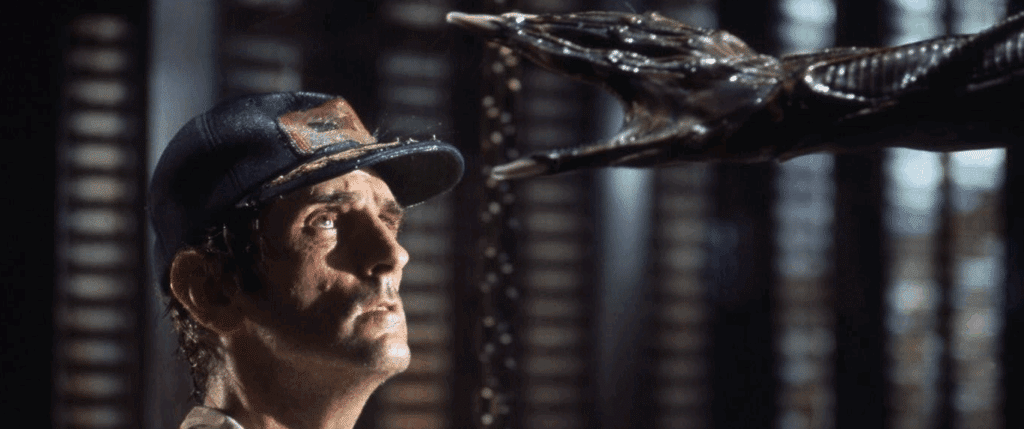
Why Sub-Genres Matter for Screenwriters
So why should you care about sub-genres? Well, because they’re creative tools, not just labels. Just like…
Fine-Tuning Audience Expectations
Audiences come with expectations. If you tell someone your film is a horror, they’ll expect scares. But if it’s psychological horror, they’ll brace for dread, ambiguity, and slow-burning tension. If it’s a slasher, they’ll expect blood, chase scenes, and a masked killer.
Sub-genres help you set the tone early, so your audience knows what kind of ride they’re in for. Don’t promise one thing and deliver another.
Defining Your Story’s Unique Identity
Let’s say you’re writing a drama. That’s great, but drama is a vast ocean. Is it a family drama? A courtroom drama? A coming-of-age drama?
Choosing a sub-genre helps you narrow your focus and clarify your story’s identity. It’s especially useful when pitching your script or writing a logline. “A courtroom drama about a whistleblower” is far more compelling than “a drama about justice.”
Guiding Your Creative Choices
Sub-genres influence everything from character archetypes to plot structure to visual style. A cyberpunk story might call for neon-lit landscapes and anti-establishment themes. A spaghetti western might lean into stylized violence and morally ambiguous heroes.
Knowing your sub-genre helps you make intentional creative decisions, and avoid genre drift, where your story loses focus by trying to be too many things at once. It also helps you collaborate more effectively. Directors, designers, and editors all benefit from a clear sub-genre framework that’s easy to follow.
Common Sub-Genre Examples
Want some more detail? Let’s explore some popular sub-genres across different categories:
Sci-Fi
Cyberpunk
Futuristic tech meets dystopian society. Think Blade Runner,Ghost in the Shell, and Altered Carbon.
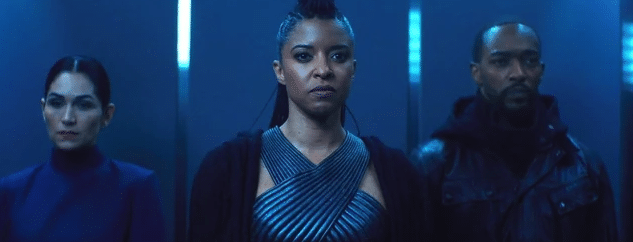
Space Opera
Grand adventures in space, often with political intrigue and epic battles. Like Star Wars,Dune, and The Expanse.
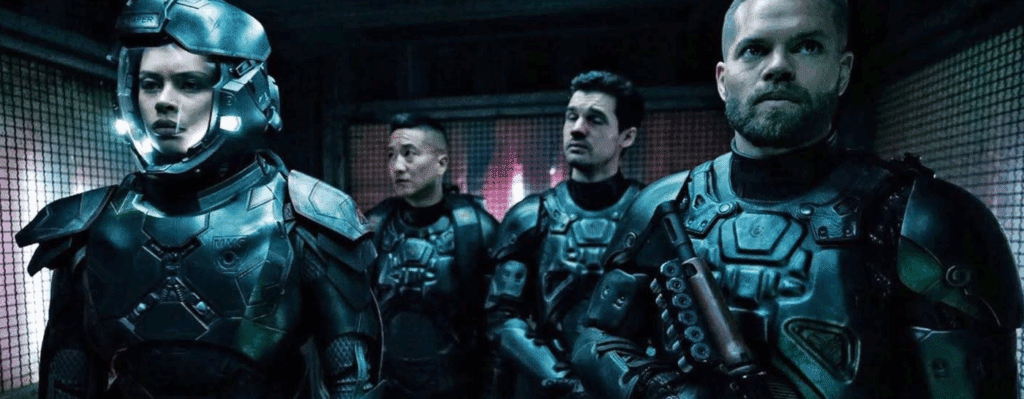
Horror
Found Footage
Presented as recovered recordings. Think The Blair Witch Project and Paranormal Activity.
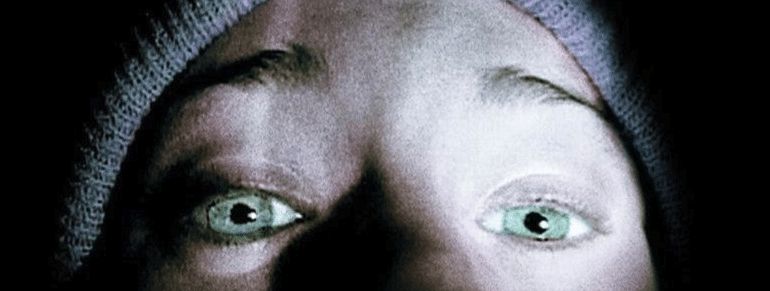
Slasher
Halloween, Scream, and Friday the 13th are great examples of killers stalking and murdering victims, often teens.
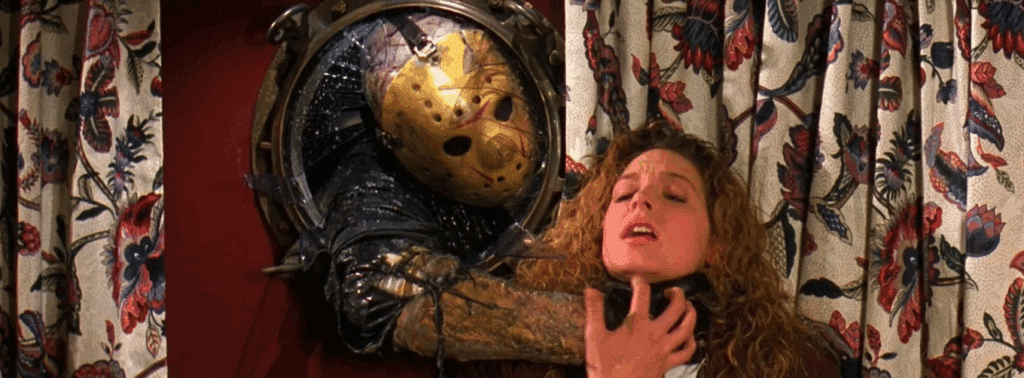
Psychological Horror
These focus on mental instability and emotional terror like Hereditary, The Babadook, and Black Swan.

Western
Spaghetti Western
The Good, the Bad, and the Ugly and Django are often morally gray stories that have stood the test of time.
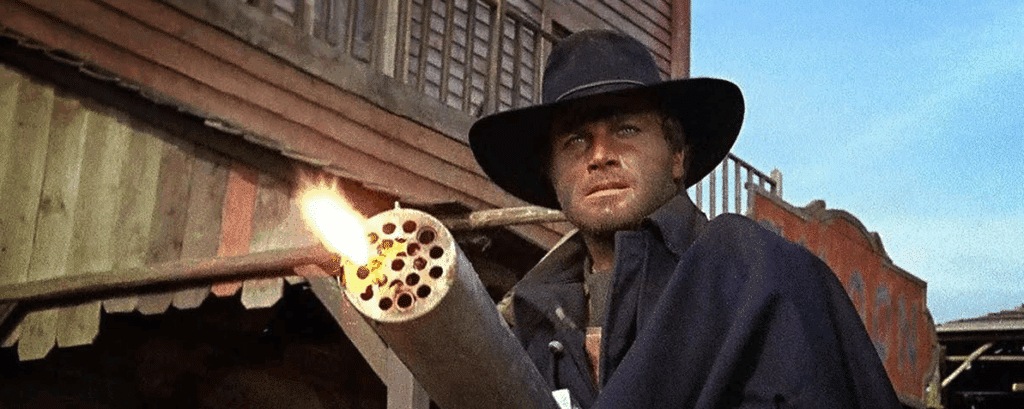
Space Western
These combine Western tropes with sci-fi settings. Think Firefly and The Mandalorian.
Sub-genres are practical in helping you position your story, shape your tone, and connect with your audience.
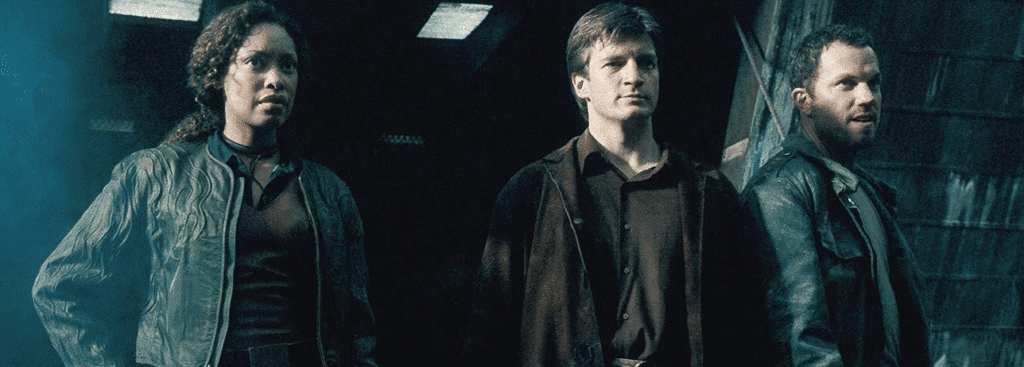
Romance
Romantic Comedy
One of the most popular sub-genres, Notting Hill, Crazy Rich Asians, and When Harry Met Sally are all light-hearted love stories with humor.

Historical Romance
Stories set in a specific historical period such as Pride and Prejudice, Atonement, and Titanic.

Paranormal Romance
Love stories involving supernatural elements like Twilight, Warm Bodies, and The Shape of Water.
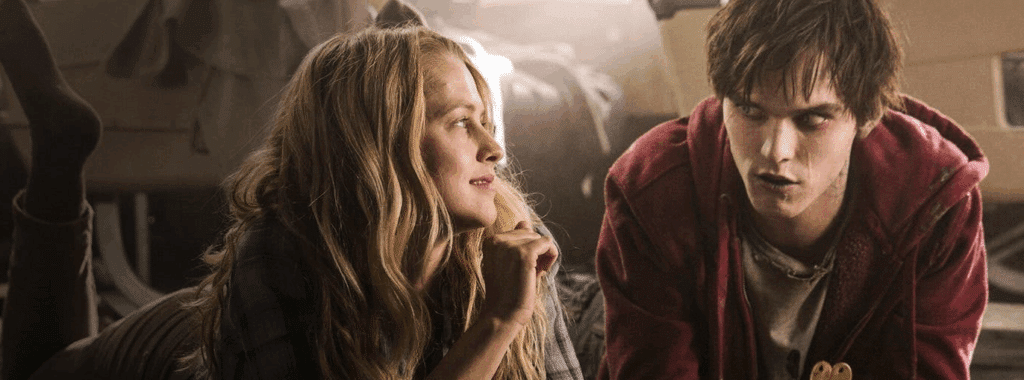
Each sub-genre comes with its own conventions, tropes, and audience expectations. Knowing them helps you write smarter and market better.
And if you want to find out even more about sub-genres, check out this awesome video from Cinefix:
Sub-Genres and Tone
When we talk about sub-genres, we often focus on plot mechanics; what happens, where it happens, and to whom. But one of the most powerful (and often overlooked) aspects of sub-genre is tone.
Tone is the emotional texture of your story. It’s what tells the audience how to feel about what’s happening. And sub-genres are one of the most reliable ways to set and maintain tone throughout your screenplay.
Let’s take comedy as an example. A romantic comedy like Notting Hill is warm, charming, and hopeful. A dark comedy like The Lobster is dry, unsettling, and absurd. While they’re both comedies, the evoke completely different emotional responses.
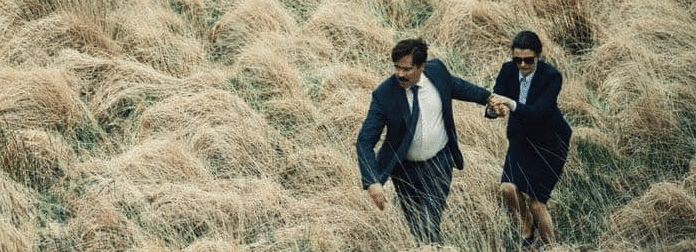
The same goes for horror. A slasher like Scream is fast-paced, adrenaline-fueled, and often playful. A psychological horror like The Babadook is slow burning, emotionally intense, and deeply unsettling. If you mix those tones without intention, you risk confusing or even losing their audience.
So, Why Does Tone Matter?
Well, as we’ve already discussed, tone builds trust. When your audience knows what kind of emotional experience to expect, they’re more likely to stay engaged. If your film starts as a quirky romantic comedy and suddenly turns into a bleak psychological thriller with no warning, it can feel jarring and disorienting.
Using Sub-Genre to Shape Tone
So how can we effectively use sub-genre to guide your tonal choices? Let’s explore this in more detail:
Dialogue
Look at how dialogue is used differently in these two sci-fi script samples. One from Star Wars (space opera) which leans into grand, poetic language…

And Blade Runner (cyberpunk thriller) which favors terse cynical exchanges.

Pacing
A romantic comedy like The Proposal often has a breezy rhythm like this:

While psychological horrors like Hereditary thrive on slow, deliberate tension building.

Visual Style
High contrast lighting and dramatic close-ups are key characteristics of spaghetti westerns like The Hateful Eight.

Whereas you’ll find shaky cam and naturalistic lighting in found footage horrors such as Cloverfield.
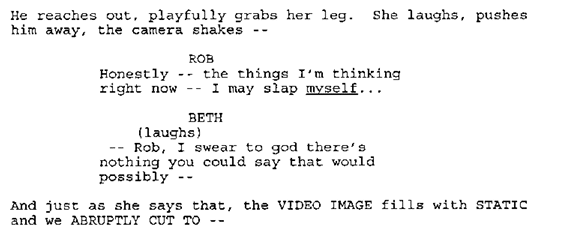
Music and Sound
A slasher might use sharp stingers, and synth-heavy scores like in the opening scene to Nightmare on Elm Street.
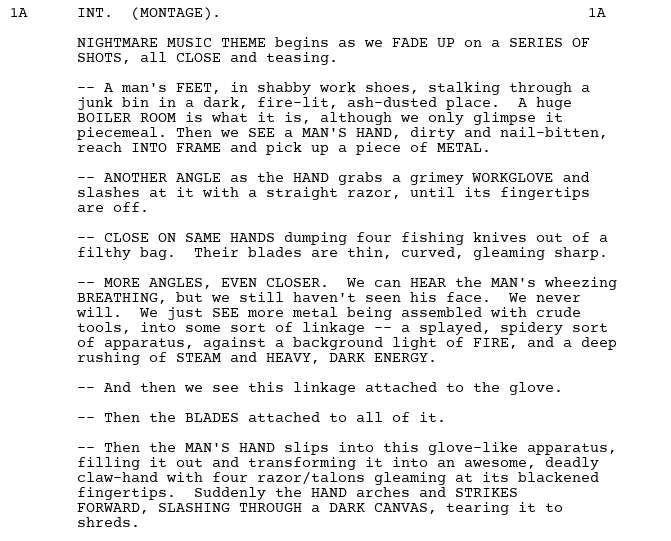
Conversely, a social horror like Candyman might rely more on ambient sound and silence to build dread.

By aligning your tone with your sub-genre, you create a more immersive and emotionally coherent experience for your audience.
The Role of Sub-Genres in Marketing
Sub-genres aren’t just useful during the writing process. They’re essential when it comes to selling your script or marketing your finished film.
Distributors, producers, and audiences all use sub-genres to filter content. If someone’s looking for a romantic comedy, they’re not going to click on a romantic tragedy. If a streaming platform wants more found footage horror, they’ll search for that specifically.
Check out this article from The Collector discussing the impact of film noir and how marketing and its grounded history in cinema influenced its popularity.
Sub-genres also help with festival submissions, tagging on streaming platforms, and SEO for online promotion. They’re part of your story’s metadata, and they matter.
By clearly identifying your sub-genre, you make it easier for your story to find its tribe; the people who will love it most.
FAQs
A sub-genre is a specific category within a genre. A genre mashup combines elements from two or more genres.
For example, Shaun of the Dead is a horror-comedy: a mashup. The Witch is folk horror: a sub-genre.
Absolutely. Many stories blend sub-genres to create something fresh. Just be careful not to dilute your core identity. A sci-fi psychological thriller can work beautifully (Ex Machina), but a sci-fi romantic comedy psychological thriller horror might be a bit much.
It varies by era and audience, but psychological thrillers, romantic comedies, and supernatural horror consistently perform well. Streaming platforms often favor genre hybrids with strong sub-genre hooks.
Sure! Get Out is a great example of social horror. It’s a sub-genre that uses horror to explore societal issues. It’s also a psychological horror, blending dread with commentary.
Conclusion
Sub-genres are creative tools that help you write with purpose, pitch with clarity, and connect with your audience. They guide your tone, shape your characters, and influence your plot, all while helping your story stand out in a crowded market.
Whether you’re writing a psychological thriller, a space western, or a romantic comedy with a twist, knowing your sub-genre helps you stay focused and intentional. It’s a way to honour your story’s identity and make sure it lands with the people who’ll love it most.
So, next time you sit down to write, ask yourself: What kind of story am I really telling? The answer might just unlock your next great idea.
What’s your favorite sub-genre? Check out this Reddit thread for inspiration!
Ready to start crafting your next sub-genre masterpiece? Start for free today.
Up Next:
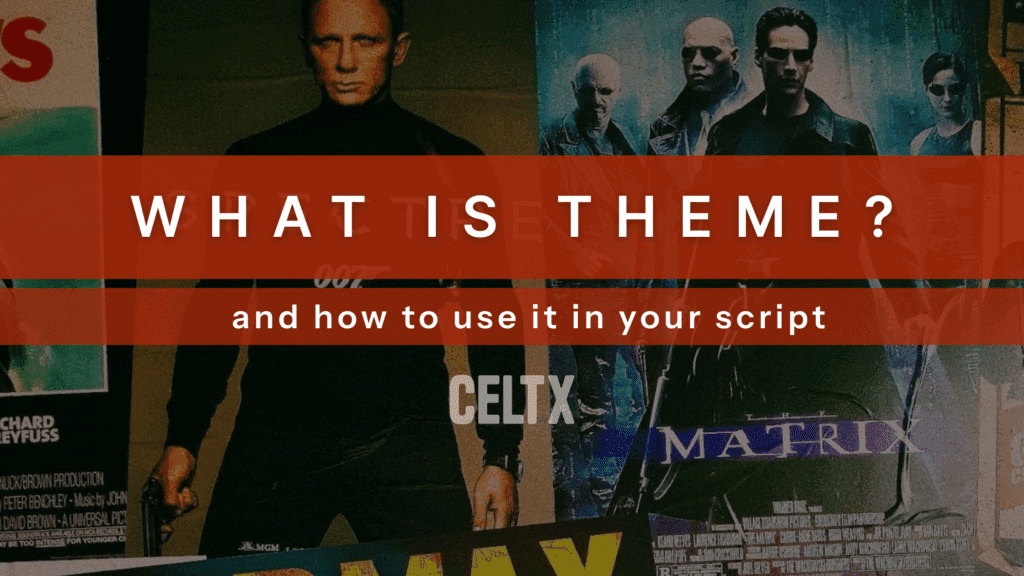
What is Theme — And How to Use It in Your Script
Once you’ve mastered sub-genres, it’s time to explore what your story is really about. Learn how theme gives your screenplay emotional weight and purpose.
